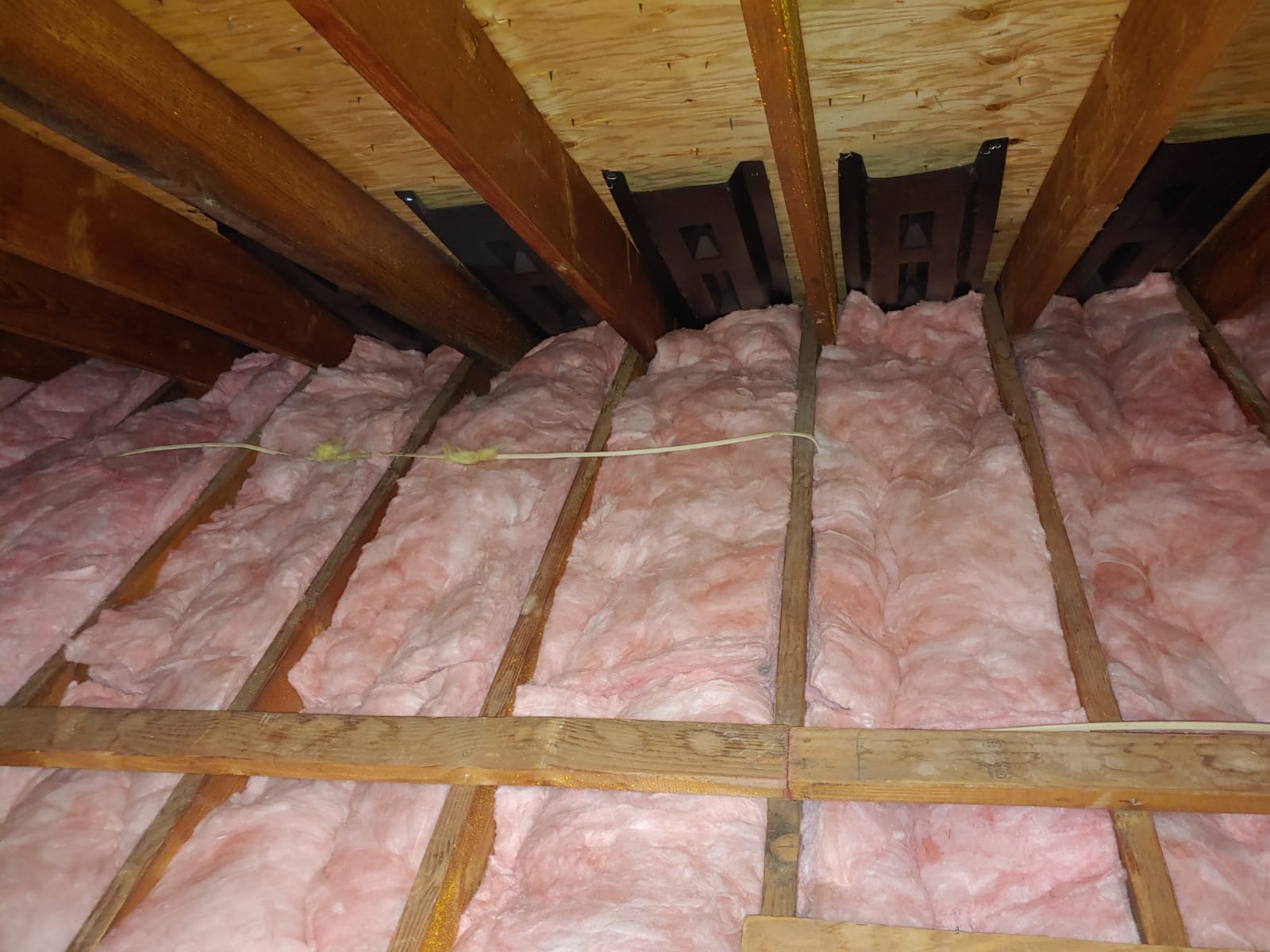

Articles
What Are Insulation Baffles
Modified: October 20, 2024
Want to learn more about insulation baffles? Check out our informative articles on insulation baffles and how they can improve energy efficiency in your home.
(Many of the links in this article redirect to a specific reviewed product. Your purchase of these products through affiliate links helps to generate commission for Storables.com, at no extra cost. Learn more)
Introduction
Welcome to the world of insulation baffles! If you’re considering improving the energy efficiency of your home or building, insulation baffles are a key component to consider. These often overlooked and underestimated devices play a crucial role in optimizing insulation performance and preventing common issues associated with inadequate ventilation.
In this article, we will explore what insulation baffles are, their purpose, how they work, the different types available, installation methods, the benefits they provide, and common misconceptions. By the end, you’ll have a comprehensive understanding and be well-equipped to make informed decisions regarding insulation baffles for your property.
So, let’s get started and unlock the secrets of insulation baffles!
Key Takeaways:
- Insulation baffles are essential for maintaining proper attic ventilation, preventing moisture issues, and improving energy efficiency, contributing to a healthier and more comfortable living environment.
- Understanding the benefits and functionality of insulation baffles is crucial for making informed decisions about optimizing insulation performance and creating a well-ventilated attic space.
Read more: What Are Attic Baffles
Definition of Insulation Baffles
Insulation baffles, also known as insulation vents or rafter vents, are specially designed barriers that are installed in the attic or ceiling space. They are typically made of foam, polystyrene, or cardboard, and are placed between the roof rafters or ceiling joists. Their primary function is to create an air channel that allows for proper airflow and ventilation in the attic space.
The baffles are installed in a way that creates a gap between the insulation and the roof deck, allowing fresh air to flow from the eaves or soffits up towards the ridge vents or other exhaust vents in the roof. This process helps to ensure that the attic space remains well-ventilated and properly insulated.
Insulation baffles serve as a barrier between the insulation material and the roof deck, preventing it from coming into direct contact with the roofing materials. This separation is important because it helps to prevent moisture buildup and subsequent damage, such as mold, mildew, and rot, which can result from improper ventilation.
By creating a clear path for air circulation, insulation baffles enable heat and condensation to escape from the attic space, preventing the accumulation of excessive heat and moisture. This, in turn, helps to regulate the temperature and humidity levels in the attic, reducing the risk of structural damage and prolonging the lifespan of the insulation material.
Overall, insulation baffles act as a critical component in maintaining a healthy and energy-efficient attic by promoting proper ventilation, preventing moisture issues, and optimizing the performance of insulation materials.
Purpose of Insulation Baffles
The primary purpose of insulation baffles is to ensure proper ventilation and airflow in the attic space. Attics can be susceptible to a variety of issues, such as heat buildup, condensation, and moisture problems. Insulation baffles play a crucial role in addressing these concerns and optimizing the performance of insulation materials. Here are the key purposes of insulation baffles:
- Preventing heat buildup: During hot weather, attics can become extremely hot, reaching temperatures well above those outside. This heat can transfer into the living spaces below, making them uncomfortable and causing the air conditioning system to work harder. Insulation baffles work by creating a ventilation channel that allows hot air to escape, reducing heat buildup in the attic and ultimately helping to keep the interior spaces cooler.
- Reducing condensation and moisture: Improper ventilation in the attic can lead to condensation issues, resulting in dampness and an environment conducive to mold and mildew growth. Insulation baffles facilitate the movement of air, preventing moisture buildup and reducing the risk of condensation. By allowing for proper air circulation, baffles help to regulate humidity levels, keeping the attic dry and preventing potential damage to the building structure.
- Preserving insulation effectiveness: Insulation materials such as fiberglass or cellulose lose their effectiveness when compressed or in contact with other materials, such as the roof deck. Insulation baffles provide a barrier that keeps the insulation material from coming into direct contact with the roof deck, preventing compression and ensuring optimal performance. By maintaining the integrity of the insulation, baffles help to retain the desired thermal resistance and enhance energy efficiency.
- Improving energy efficiency: A properly ventilated attic leads to improved energy efficiency by reducing the strain on heating and cooling systems. By allowing hot air to escape in the summer and preventing heat loss in the winter, insulation baffles help to create a more comfortable and cost-effective living environment. With enhanced energy efficiency, homeowners can expect lower utility bills and a reduced carbon footprint.
Overall, the purpose of insulation baffles is to create a well-ventilated attic space that promotes proper airflow, prevents moisture issues, preserves insulation effectiveness, and improves energy efficiency. By fulfilling these purposes, insulation baffles contribute to a healthier, more comfortable, and sustainable living environment.
How Insulation Baffles Work
Insulation baffles play a vital role in ensuring proper ventilation and airflow in the attic space. They work by creating a channel that allows air to flow from the soffits or eaves up to the ridge vents or other exhaust vents in the roof. Here’s a closer look at how insulation baffles work:
- Installation: Insulation baffles are installed between the rafters or joists in the attic space. The baffles are positioned in a way that creates a gap between the insulation material and the roof deck, allowing for the movement of air.
- Airflow path: Insulation baffles create an air channel that starts at the eaves or soffits and extends up towards the ridge vents or other exhaust vents at the top of the roof. The baffles ensure that there is a clear and unobstructed path for air to flow through the attic space.
- Air intake: Fresh air enters the attic space through the soffit vents or eaves. These vents are strategically placed to allow for the intake of outside air. The air then enters the gap created by the insulation baffles, flowing towards the top of the roof.
- Air circulation: As the fresh air enters the attic space, it circulates around the insulation material, helping to regulate the temperature and prevent heat buildup. The movement of air also helps to remove any excess moisture or condensation in the attic, promoting a drier and healthier environment.
- Air exhaust: The air that has circulated throughout the attic reaches the ridge vents or other exhaust vents located near the top of the roof. These vents provide an exit point for the air, allowing it to escape from the attic space and preventing it from stagnating or causing issues.
By creating a path for air movement, insulation baffles facilitate proper ventilation in the attic. This ventilation helps to regulate temperature, prevent moisture buildup, and maintain the integrity of the insulation material. Through the continuous flow of fresh air, insulation baffles contribute to a healthier and more energy-efficient living environment.
Types of Insulation Baffles
Insulation baffles are available in different types and materials, each offering specific features and benefits. Here are some common types of insulation baffles:
- Foam Insulation Baffles: Foam insulation baffles are made of rigid foam boards or sheets. They are lightweight and provide excellent insulation properties. Foam baffles are known for their durability, resistance to moisture, and ease of installation. They often come with pre-cut channels to fit snugly between rafters or joists, ensuring proper airflow.
- Cardboard Insulation Baffles: Cardboard baffles are cost-effective and easy to work with. They are typically made from recycled materials. While they may not have the same insulation properties as foam baffles, they still provide a barrier between the insulation and roof deck, preventing compression and promoting airflow. Cardboard baffles are more suitable for environments with low moisture levels.
- Polystyrene Insulation Baffles: Polystyrene baffles are similar to foam baffles but made from expanded polystyrene (EPS). They offer good thermal resistance and are resistant to moisture. Polystyrene baffles are lightweight and often come with built-in ventilation channels, making installation easier and ensuring proper airflow.
- Ventilated Insulation Baffles: Ventilated baffles are designed with integrated venting features. These baffles have small perforations or vent openings that allow air to pass through more effectively. Ventilated baffles offer enhanced airflow and improved ventilation, reducing the risk of moisture buildup and promoting a healthier attic environment.
- Flexible Insulation Baffles: Flexible baffles are suitable for attics with irregular or angled roof structures. They are made of a flexible material that can be bent or curved to fit different shapes and configurations. Flexible baffles allow for proper airflow in challenging attic spaces, ensuring efficient ventilation and insulation performance.
When choosing the type of insulation baffles, consider factors such as the climate of your region, level of moisture, budget, and ease of installation. It’s important to select baffles that are compatible with your insulation material and provide optimal ventilation for your specific attic space.
Insulation baffles are installed in attics to maintain proper ventilation and prevent insulation from blocking soffit vents. Make sure to install them correctly to ensure proper airflow and insulation effectiveness.
Read more: What Is A Baffle In Construction
Installation of Insulation Baffles
Proper installation of insulation baffles is crucial to ensure their effectiveness in improving ventilation and maximizing insulation performance in the attic. While the specific installation process may vary depending on the type of baffles and the construction of the attic, here are general guidelines to follow:
- Gather the necessary materials: Before installation, gather all the required materials, including insulation baffles, a utility knife, a staple gun, safety glasses, and a ladder. Ensure that you have the correct size and type of baffles for your attic structure.
- Wear protective gear: Prior to installation, put on safety glasses and gloves to protect yourself from any potential hazards.
- Pick a starting point: Begin at one end of the attic, typically near the eaves or soffits, and work your way towards the opposite end. This allows for a systematic installation process.
- Clear the area: Remove any existing insulation or debris that may block the path of the baffles. Ensure that the area is clean and free from obstructions for proper airflow.
- Measure and cut: Measure the distance between the roof rafters or joists. Use a utility knife to cut the insulation baffles to the correct length. Trim the width if necessary to ensure a snug fit.
- Position the baffles: Place the baffles between the rafters or joists, ensuring that they extend from the eaves or soffits up towards the ridge vents or other exhaust vents. The baffles should create a clear channel for air to flow through.
- Secure the baffles: Use a staple gun or other suitable fasteners to secure the baffles in place. Staple them to the sides of the rafters or the underside of the roof deck. Make sure they are held securely and are not loose or sagging.
- Repeat the process: Continue installing baffles along the entire length of the attic, taking care to maintain a consistent and uniform installation. Double-check that there are no gaps or obstructions that could impede airflow.
- Inspect and clean up: Once all the baffles are installed, inspect the attic to ensure they are properly positioned and secure. Remove any debris or scraps from the installation process to maintain a clean and clutter-free attic space.
If you are not comfortable with DIY installation, it is always recommended to consult with a professional insulation contractor to ensure proper installation and maximize the performance of your insulation baffles.
Benefits of Using Insulation Baffles
Using insulation baffles in your attic offers a wide range of benefits, contributing to improved energy efficiency, enhanced comfort, and a healthier living environment. Here are some key benefits of using insulation baffles:
- Improved attic ventilation: Insulation baffles create a clear pathway for air to flow from the soffits or eaves up to the ridge vents or exhaust vents. This promotes proper ventilation, allowing hot air and moisture to escape the attic while bringing in fresh air. Improved attic ventilation prevents heat buildup, reduces the risk of condensation, and helps maintain a more balanced temperature throughout the year.
- Prevention of moisture issues: Inadequate ventilation in the attic can lead to condensation and moisture problems, which can cause mold, rot, and structural damage. By facilitating proper airflow, insulation baffles help to reduce the risk of moisture accumulation, keeping the attic dry and preventing potential issues related to excessive humidity.
- Longevity of insulation material: Insulation baffles provide a separation between the insulation material and the roof deck, preventing compression and maintaining the insulation’s effectiveness. By preserving the loft of the insulation, baffles help extend the life of the insulation and ensure optimal thermal performance over time.
- Energy savings: Proper ventilation and insulation can significantly reduce energy costs. Insulation baffles help regulate the temperature in the attic, reducing heat gain during the summer and heat loss during the winter. This results in less reliance on heating and cooling systems, leading to lower energy consumption and utility bills.
- Enhanced comfort: With improved ventilation and insulation, using baffles in the attic creates a more comfortable living environment. It helps to prevent extreme temperature fluctuations, minimize drafts, and reduce the need for excess heating or cooling. A well-ventilated and properly insulated attic contributes to a consistent and pleasant indoor climate throughout the year.
- Healthier indoor air quality: By reducing moisture and preventing the growth of mold and mildew, insulation baffles contribute to better indoor air quality. This is particularly important for individuals with allergies or respiratory conditions, as proper attic ventilation helps to minimize the presence of allergens and pollutants that can affect respiratory health.
Overall, the use of insulation baffles offers numerous benefits, including improved ventilation, prevention of moisture issues, longevity of insulation material, energy savings, enhanced comfort, and healthier indoor air quality. Investing in insulation baffles is a wise decision that can have long-lasting positive impacts on your home or building.
Common Misconceptions about Insulation Baffles
When it comes to insulation baffles, there are several common misconceptions that can lead to confusion or misinformation. It’s important to debunk these misconceptions to ensure a proper understanding of the benefits and functionality of insulation baffles. Here are a few of the most common misconceptions:
- Insulation baffles are only necessary in warmer climates: While it’s true that insulation baffles play a significant role in preventing heat buildup in the attic, they are equally important in colder climates. Insulation baffles help regulate temperature and moisture levels year-round, regardless of climate. They prevent heat loss during colder months and ensure proper ventilation to prevent issues like condensation and ice damming.
- Insulation baffles will cause drafts and make the attic colder: Some people worry that installing insulation baffles will create drafts or make the attic space colder. In reality, insulation baffles are designed to facilitate proper airflow, not to create drafts. They help regulate the temperature in the attic, preventing excessive heat buildup in the summer and heat loss in the winter. Insulation baffles work in conjunction with insulation materials to create an optimized and comfortable environment.
- Insulation baffles are only necessary in fully insulated attics: Even if your attic is not fully insulated, insulation baffles can still provide valuable benefits. They assist with ventilation, preventing issues such as moisture buildup and temperature extremes. Insulation baffles can be installed alongside insulation to create a more energy-efficient and comfortable attic space, regardless of the current level of insulation.
- Insulation baffles are difficult to install: While proper installation is crucial, insulation baffles are relatively straightforward to install with the right guidance and tools. DIY installation is possible for many homeowners, as long as they carefully follow installation instructions and take necessary safety precautions. However, if you are uncertain or uncomfortable with the installation process, it’s advisable to consult a professional insulation contractor.
- Insulation baffles are not necessary if you have ridge vents: Ridge vents alone are not enough to ensure proper ventilation in the attic. Without insulation baffles, air circulation can be hindered, leading to uneven temperatures and potential moisture issues. Insulation baffles work in conjunction with ridge vents to create a continuous flow of air, effectively ventilating the entire attic space.
By dispelling these common misconceptions, it is evident that insulation baffles are beneficial and necessary for maintaining a well-ventilated and energy-efficient attic. Understanding the true functionality and advantages of insulation baffles will help you make informed decisions for your home or building.
Conclusion
Insulation baffles are an essential component when it comes to optimizing insulation performance, improving ventilation, and maintaining a healthy living environment in your home or building. These often overlooked devices play a crucial role in preventing common issues associated with inadequate attic ventilation, such as heat buildup, moisture problems, and reduced energy efficiency.
Throughout this article, we have explored the definition of insulation baffles, their purpose, how they work, the different types available, installation methods, the benefits they provide, and common misconceptions. It is evident that insulation baffles are not only beneficial but also necessary to ensure proper attic ventilation and to maximize the effectiveness of your insulation material.
Insulation baffles create a pathway for air to flow from the soffits or eaves up to the ridge vents or exhaust vents, promoting airflow, reducing moisture buildup, and preventing heat loss or gain in the attic. By maintaining a well-ventilated and properly insulated attic space, you can experience improved energy efficiency, enhanced comfort, and a healthier living environment.
It’s important to remember that insulation baffles come in different types, such as foam, cardboard, polystyrene, and flexible baffles. The installation process may vary depending on the type of baffles and the structure of your attic. Proper installation is crucial to ensure optimal performance, and if you are unsure, it is always advisable to seek assistance from a professional insulation contractor.
By dispelling common misconceptions and understanding the true benefits of insulation baffles, you are equipped with the knowledge to make informed decisions about improving the insulation and ventilation in your attic. Whether you are looking to enhance energy efficiency, prevent moisture issues, or create a more comfortable living environment, insulation baffles are a valuable investment that can have long-lasting positive impacts.
So, don’t overlook the importance of insulation baffles in your next insulation project. Embrace their benefits, make thoughtful decisions, and unlock the potential energy savings and comfort that a well-ventilated and properly insulated attic can provide.
Frequently Asked Questions about What Are Insulation Baffles
Was this page helpful?
At Storables.com, we guarantee accurate and reliable information. Our content, validated by Expert Board Contributors, is crafted following stringent Editorial Policies. We're committed to providing you with well-researched, expert-backed insights for all your informational needs.
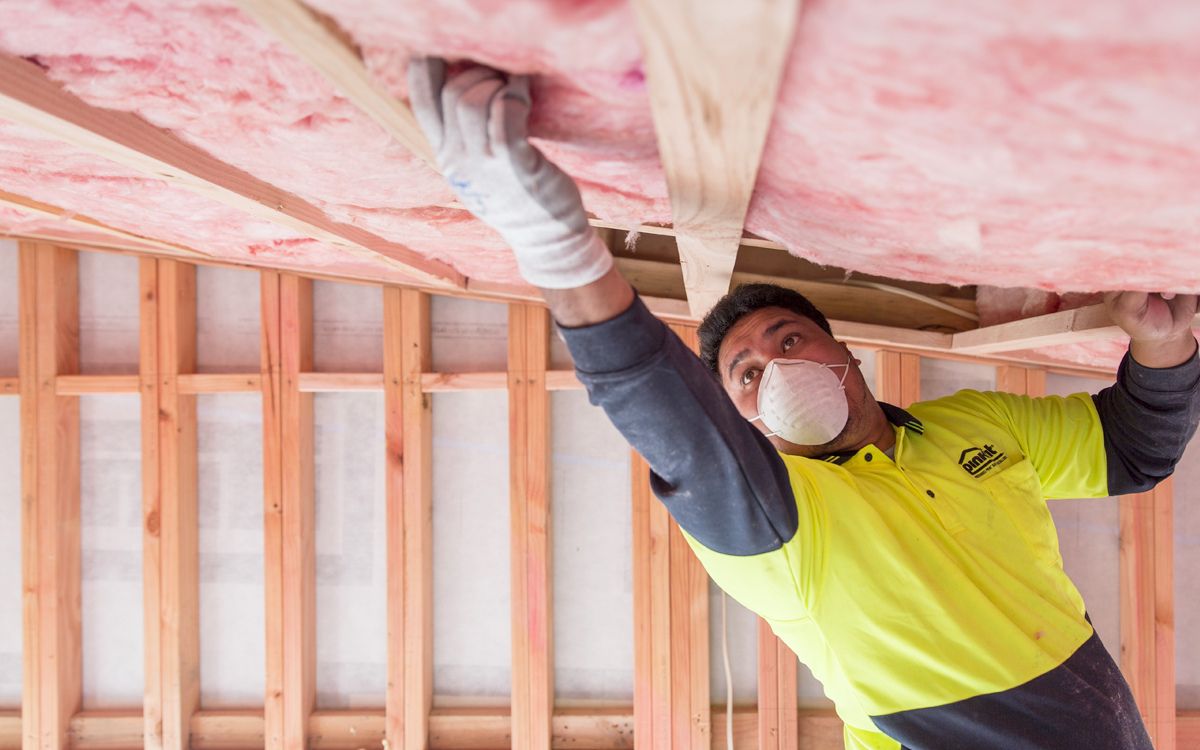
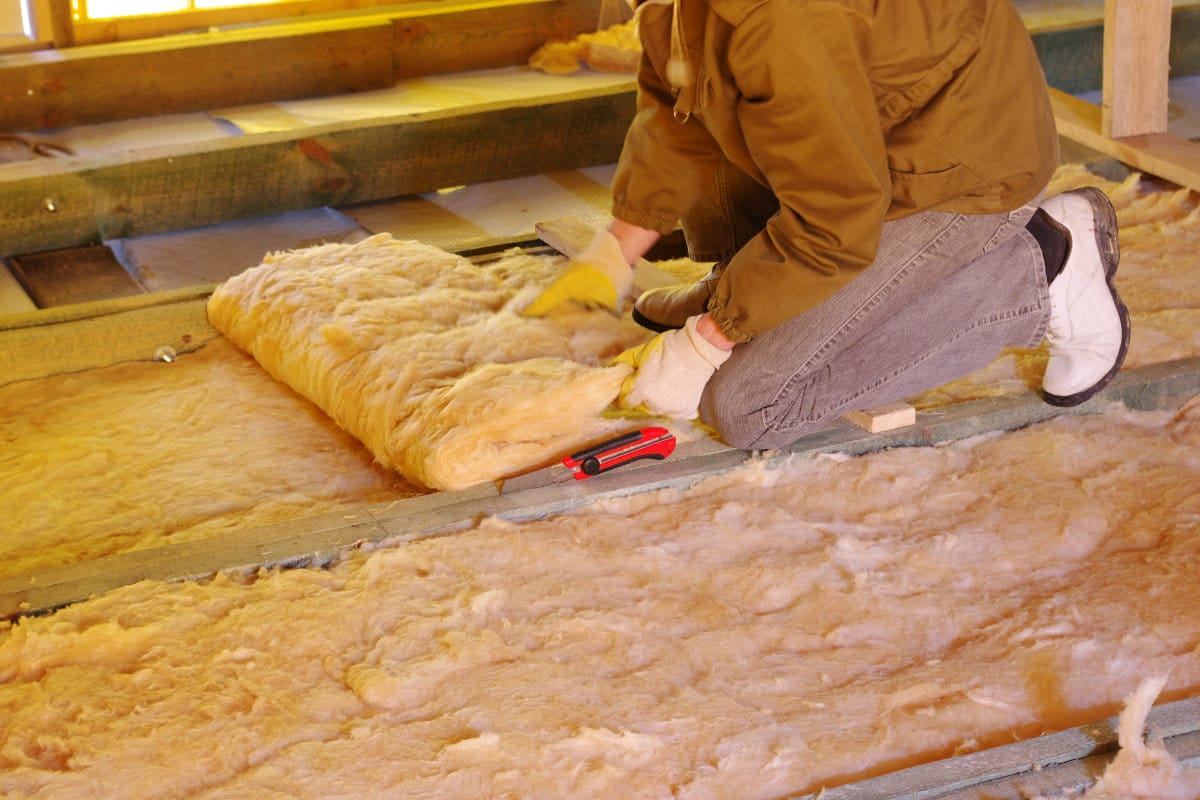
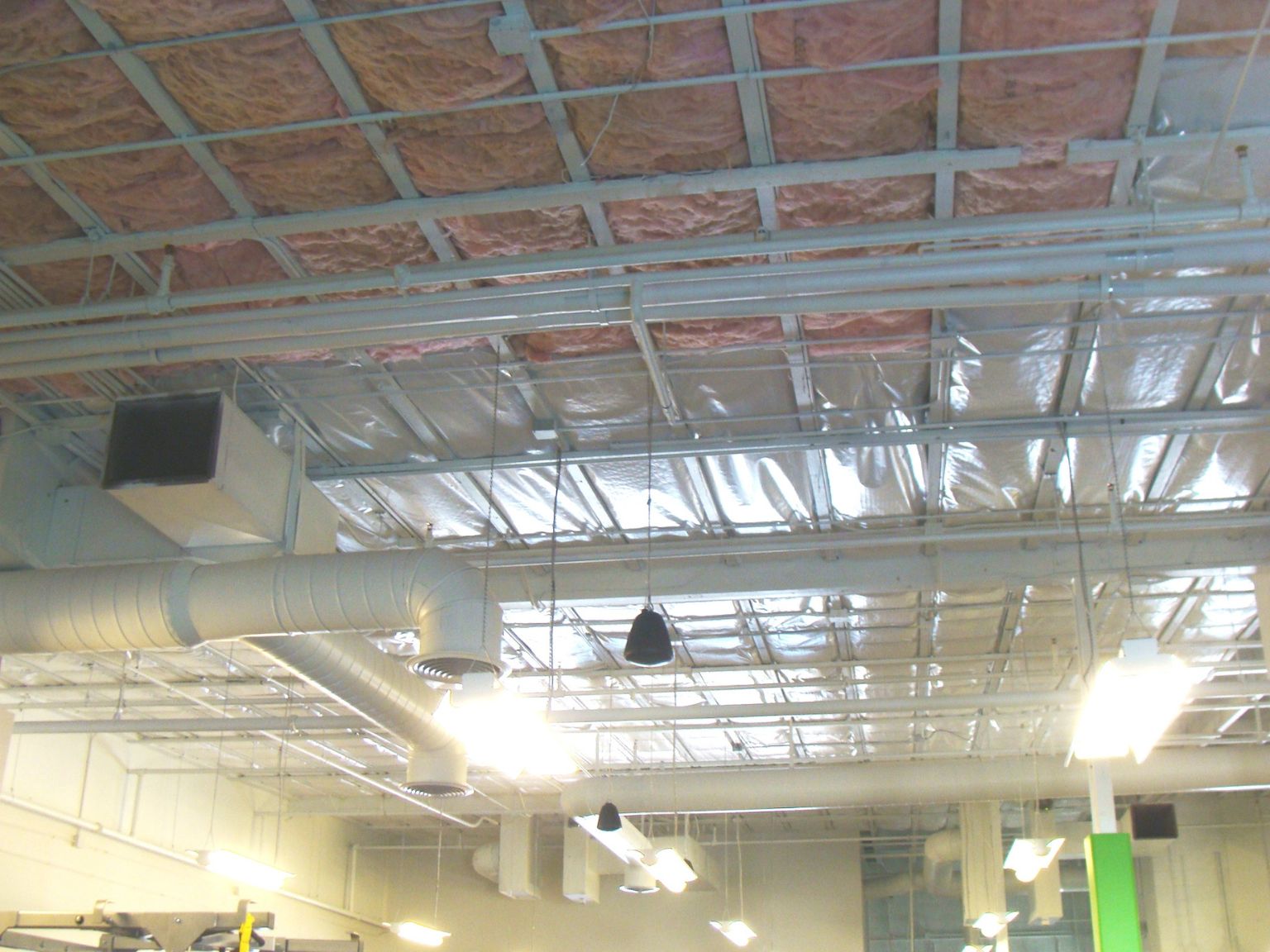
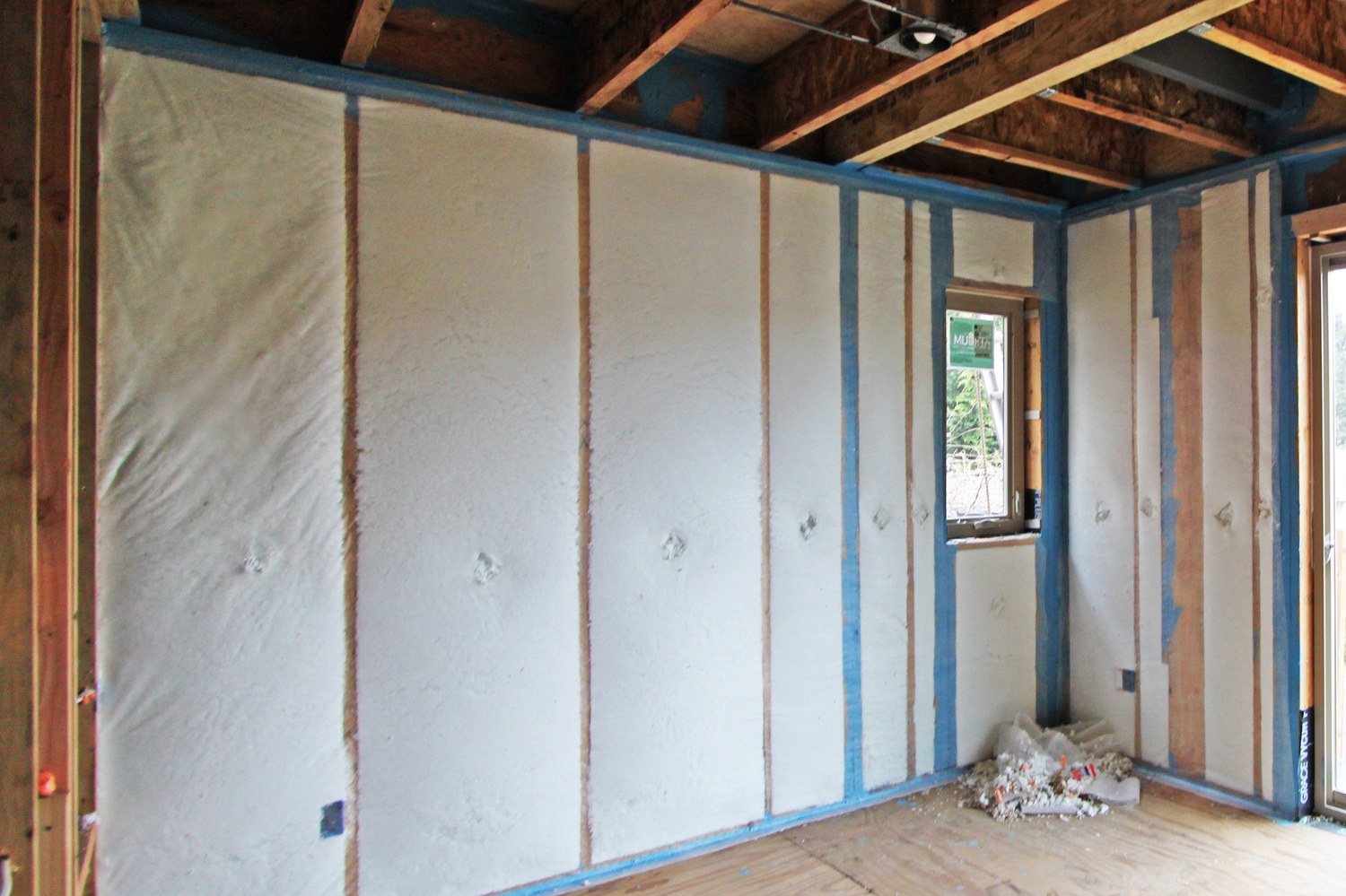
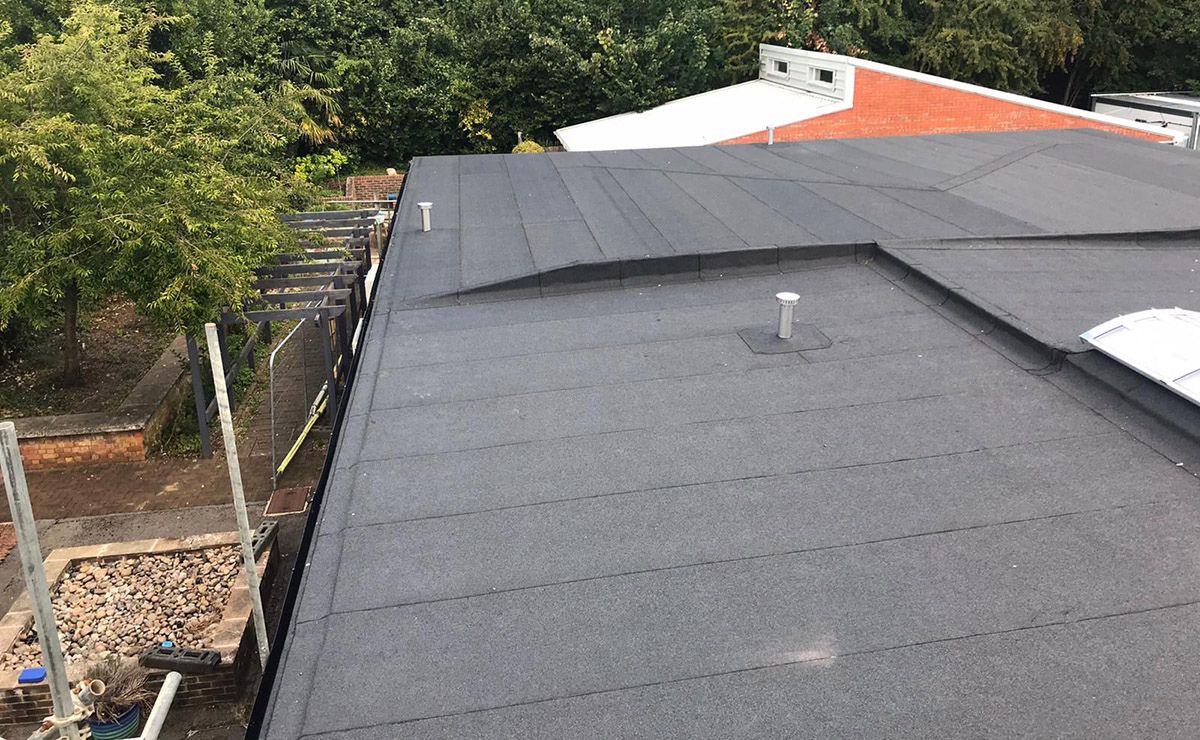
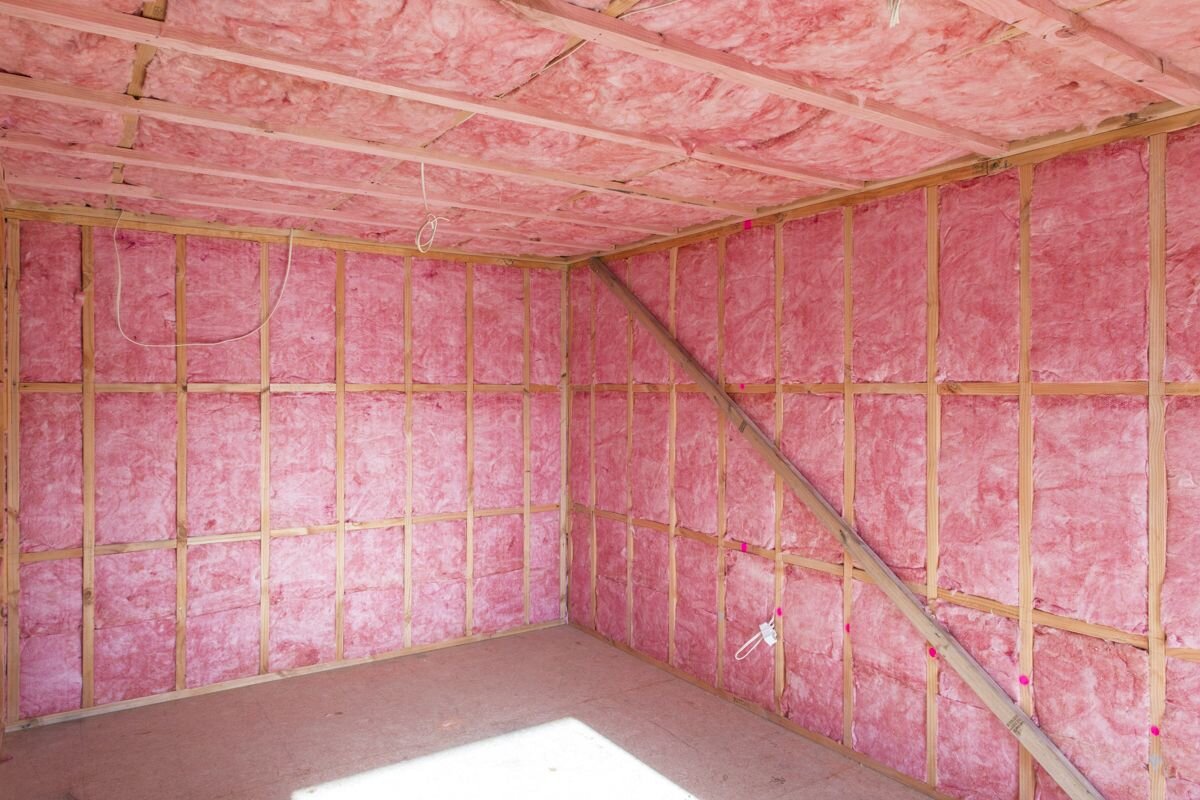
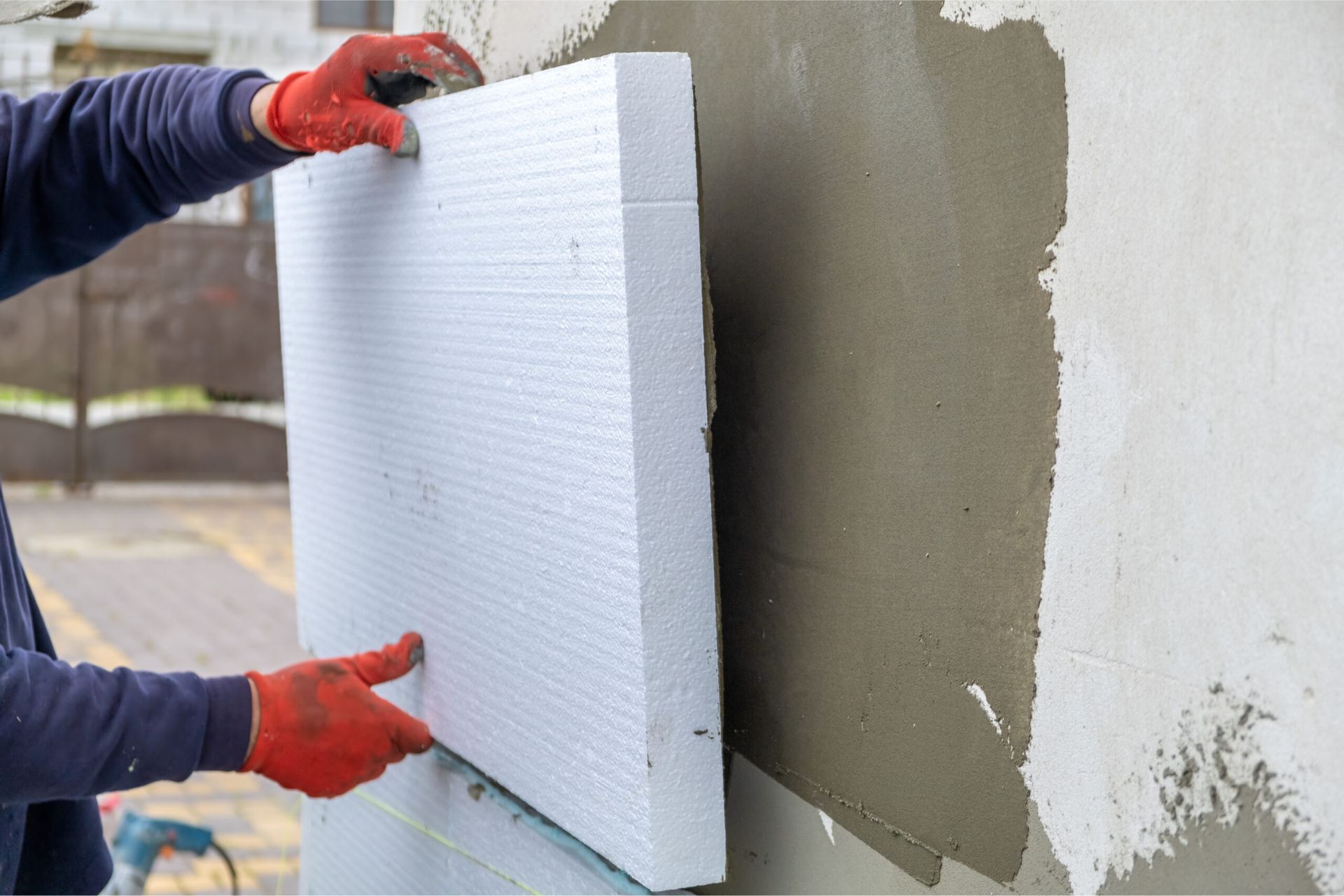
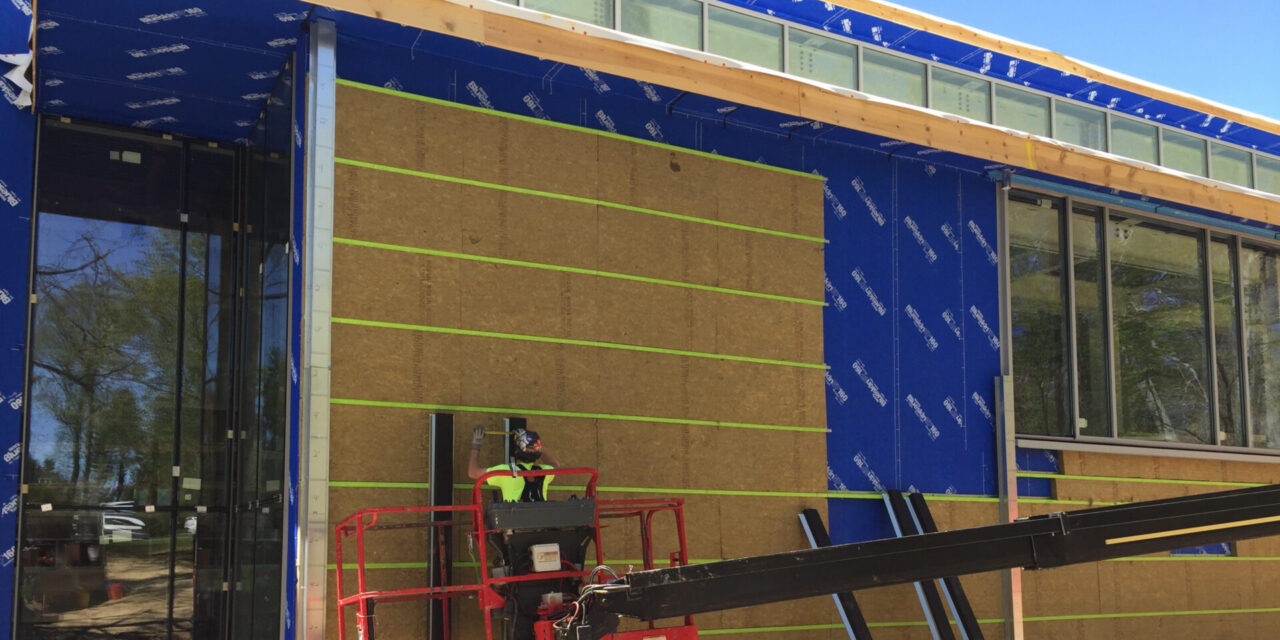
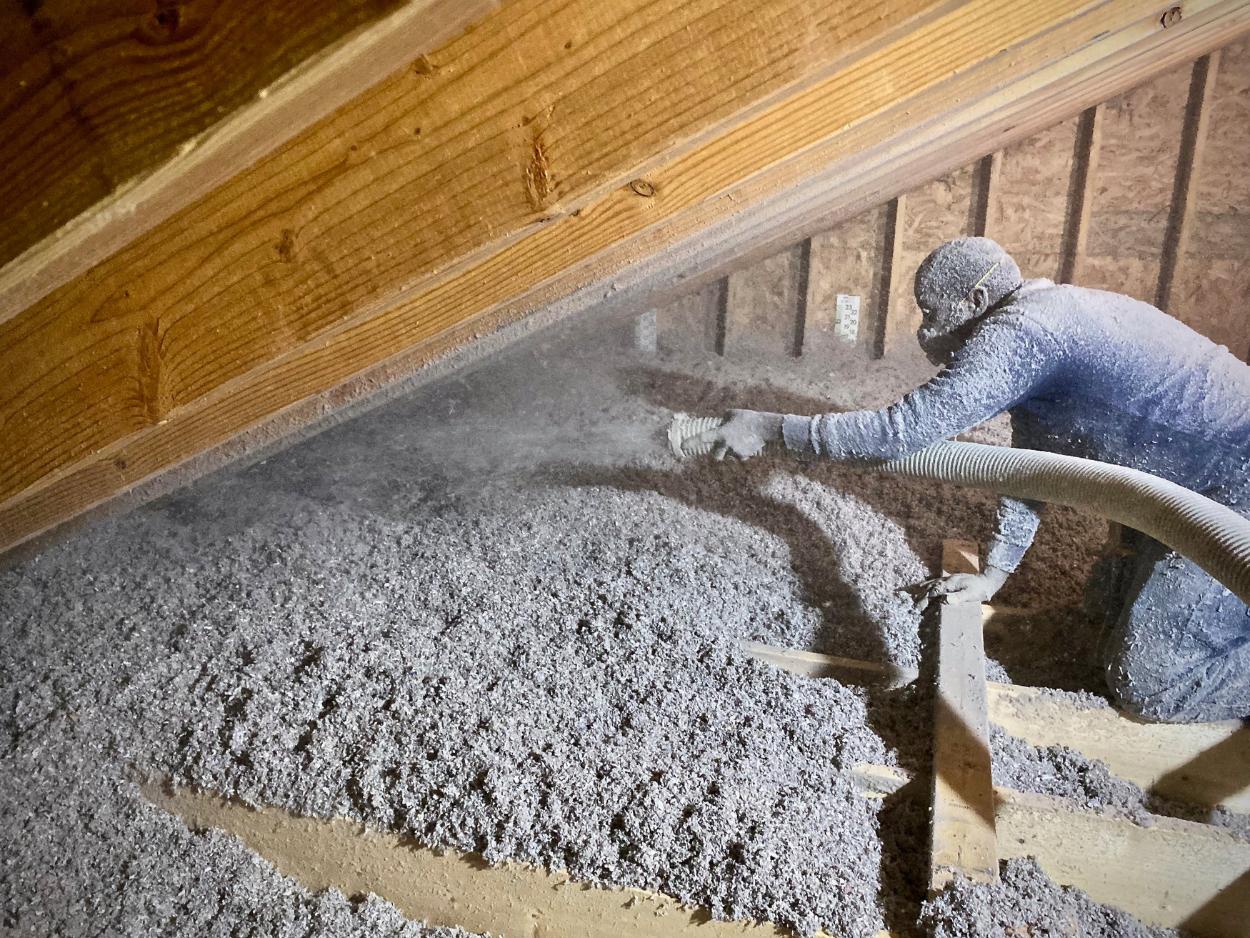
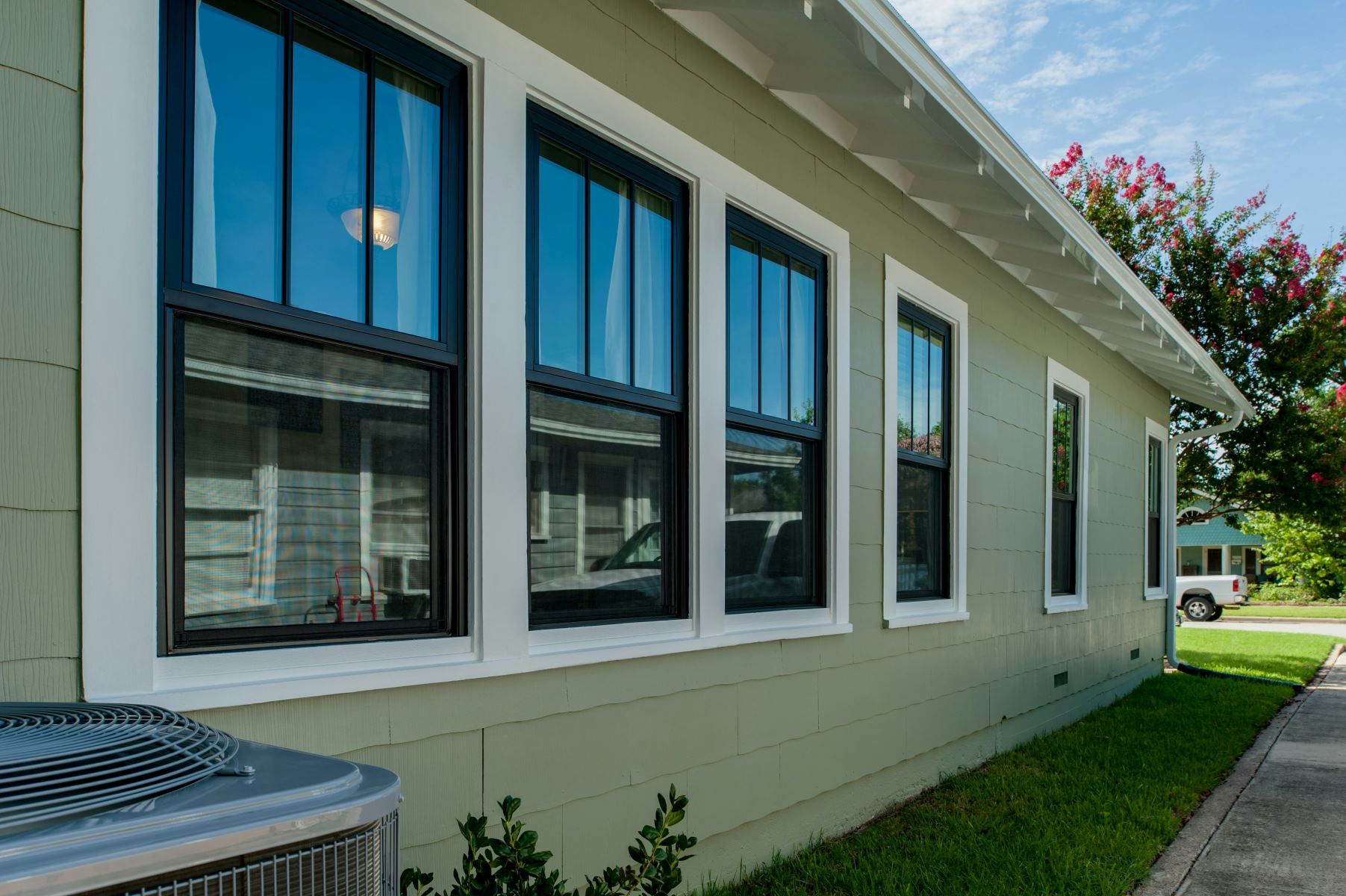
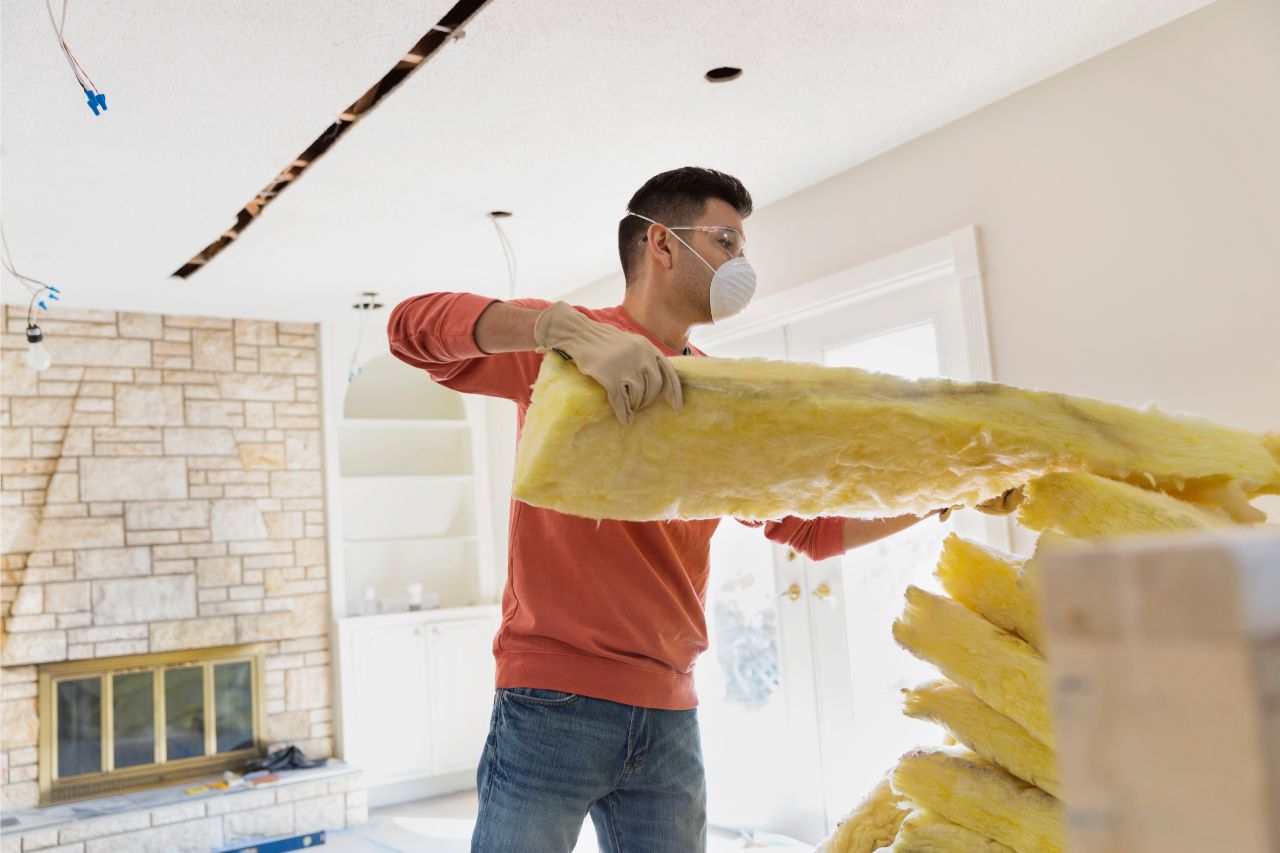

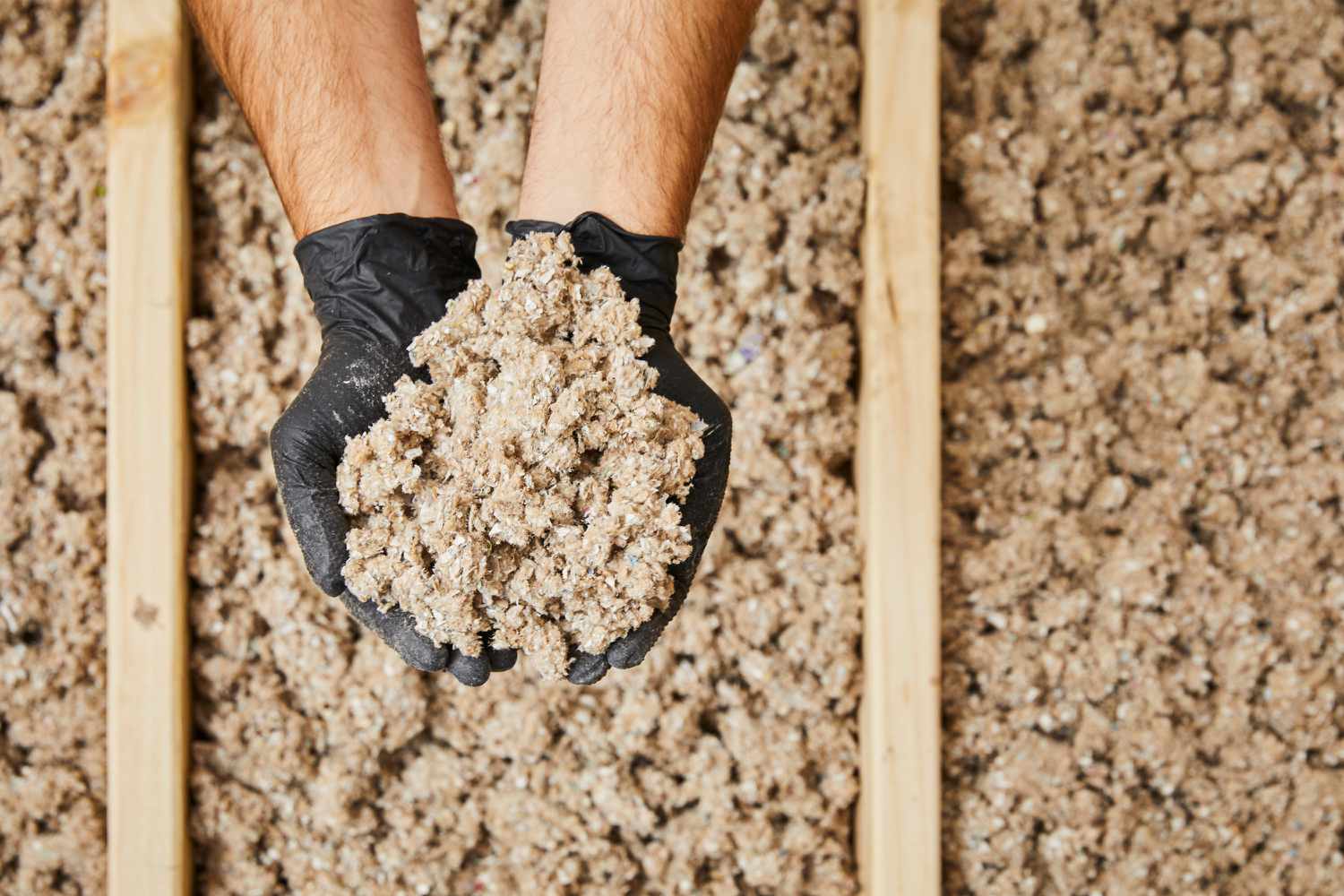
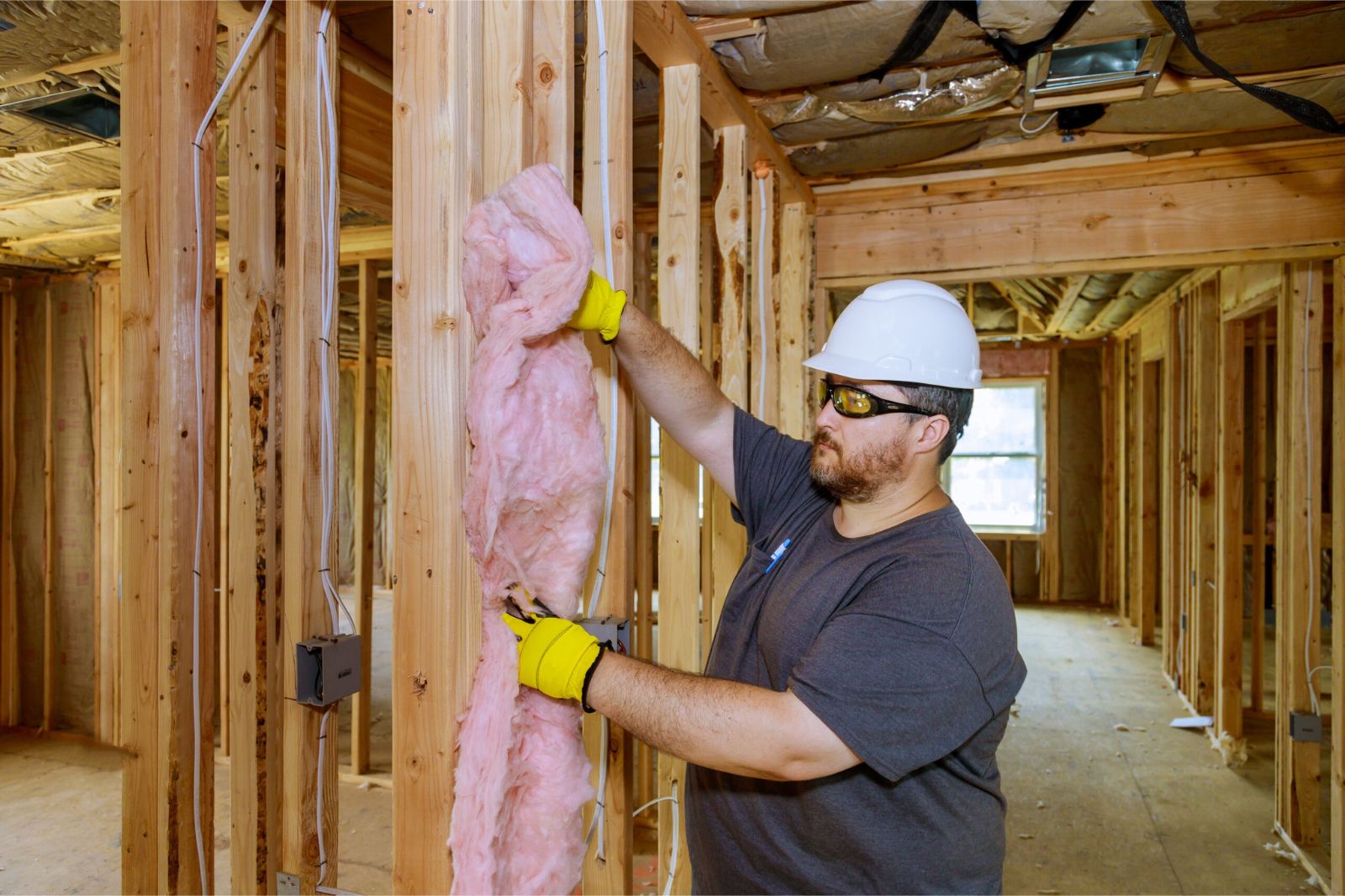

0 thoughts on “What Are Insulation Baffles”